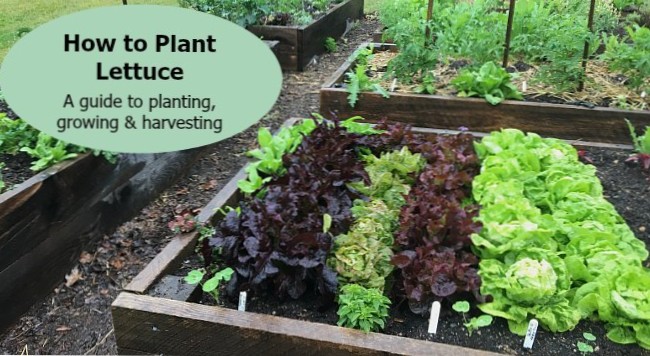Chestnuts grow on the trees inside spikey burs, each about an inch (2.5 cm.) in diameter. When the nuts are ripe, the burs fall from the trees and split open on the ground beneath. Each bur holds at least one and sometimes as many as three shiny, brown nuts.
- How long do Chinese chestnuts take to grow?
- How long do Chinese chestnuts live?
- What is the difference between American chestnut and Chinese chestnut?
- Are Chinese chestnut trees self pollinating?
- Are Chinese chestnuts good for you?
- Are Chinese chestnuts safe to eat?
- Are Chinese chestnuts invasive?
- Are Chinese chestnuts poisonous to dogs?
- How do you harvest Chinese chestnuts?
- What do Chinese chestnuts taste like?
- How do I identify a Chinese chestnut tree?
- Is chestnut blight still around?
How long do Chinese chestnuts take to grow?
Yields a ripened nut crop mid/late September through October. A prickly 2–3½" seed husk encloses 1-4 nuts. The nuts are large, meaty, crisp, and sweet, although less sweet than American chestnuts. Begins to bear nuts in 4–5 years if grown from seed.
How long do Chinese chestnuts live?
This Chinese native has various cultivars grown for nut production including “Abundance,” “Kuling,” and “Nanking.” Healthy Chinese chestnut trees live longer than 150 years and grow in U.S. Department of Agriculture plant hardiness zones 4 through 8.
What is the difference between American chestnut and Chinese chestnut?
American chestnut leaves are generally long and slender with a “V” at the leaf base. Chinese chestnuts have a wider leaf and they are often shiny. Chinese chestnut leaves have a “U” shape at the leaf base. Most striking are the hairs on the under-surface of Chinese chestnut leaves.
Are Chinese chestnut trees self pollinating?
Providing both shade and tasty nuts, the Chinese chestnut tree (Castanea mollissima) blossoms between May and August to produce the coveted snacks that fall to the ground. ... In fact, these deciduous trees cannot self-pollinate, but rely on wind and insects to move pollen between flowers during cross-pollination.
Are Chinese chestnuts good for you?
Chestnuts are lower in calories than many other types of nuts. They are a good source of amino acids, monounsaturated fatty acids, antioxidants, phenols, and vitamin C. You'll also find a variety of vitamins and minerals in chestnuts, such as: Vitamin C.
Are Chinese chestnuts safe to eat?
Chinese chestnut trees (Castanea mollissima) are medium tall trees with spreading branches. The leaves are glossy and dark green. The tree produces delicious and edible nuts called chestnuts or Chinese chestnuts.
Are Chinese chestnuts invasive?
Chinese chestnut: Castanea mollissima (Fagales: Fagaceae): Invasive Plant Atlas of the United States. This map identifies those states that list this species on their invasive species list or law. This species does not appear on any state or national invasive species lists.
Are Chinese chestnuts poisonous to dogs?
Are chinese chestnut nuts poisionous to dogs
The nut is not poisonous, but if your dog swallows an entire nut with the shell on, there is the potential for it to cause a blockage.
How do you harvest Chinese chestnuts?
Here's what you do:
- Wait for the chestnuts to fall to the ground.
- Gather up all of the nuts with open burrs. (You'll definitely want gloves for this job.)
- Remove the nuts from the burrs. Discard any with wormholes or other signs of damage.
- Promptly store the chestnuts in air-tight containers and refrigerate or freeze.
What do Chinese chestnuts taste like?
Chinese chestnuts taste mostly starchy with a bit of sweetness and a light nut flavor, to me. My uncle liked to plant chinese chestnuts in habitat plantings/CRP. I usually have a coffee can or so of them a year and that is enough.
How do I identify a Chinese chestnut tree?
Castanea mollissima (Chinese chestnut)
They can usually be recognized by their more oval shape, thick leathery, coarsely serrated leaves that are densely or sparsely hairy on the lower surface. Twigs are greenish-brown to buff-yellow and downy.
Is chestnut blight still around?
Despite its decimation as a lumber and nut-crop species, the American chestnut has not gone extinct. It is considered functionally extinct because the blight fungus does not kill the tree's root system underground.
 CorseMachin
CorseMachin




Nessun utente ha ancora commentato questo articolo.